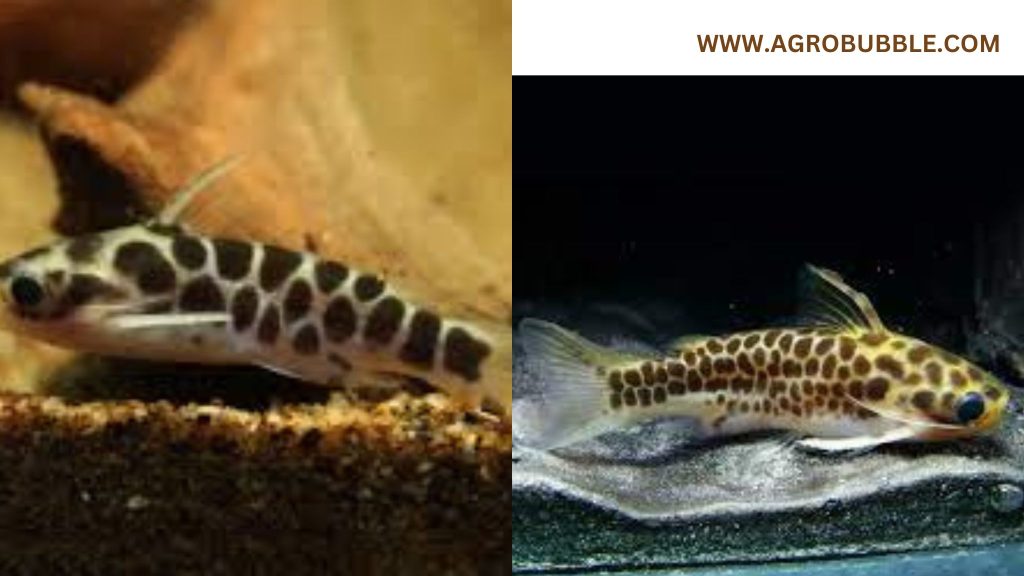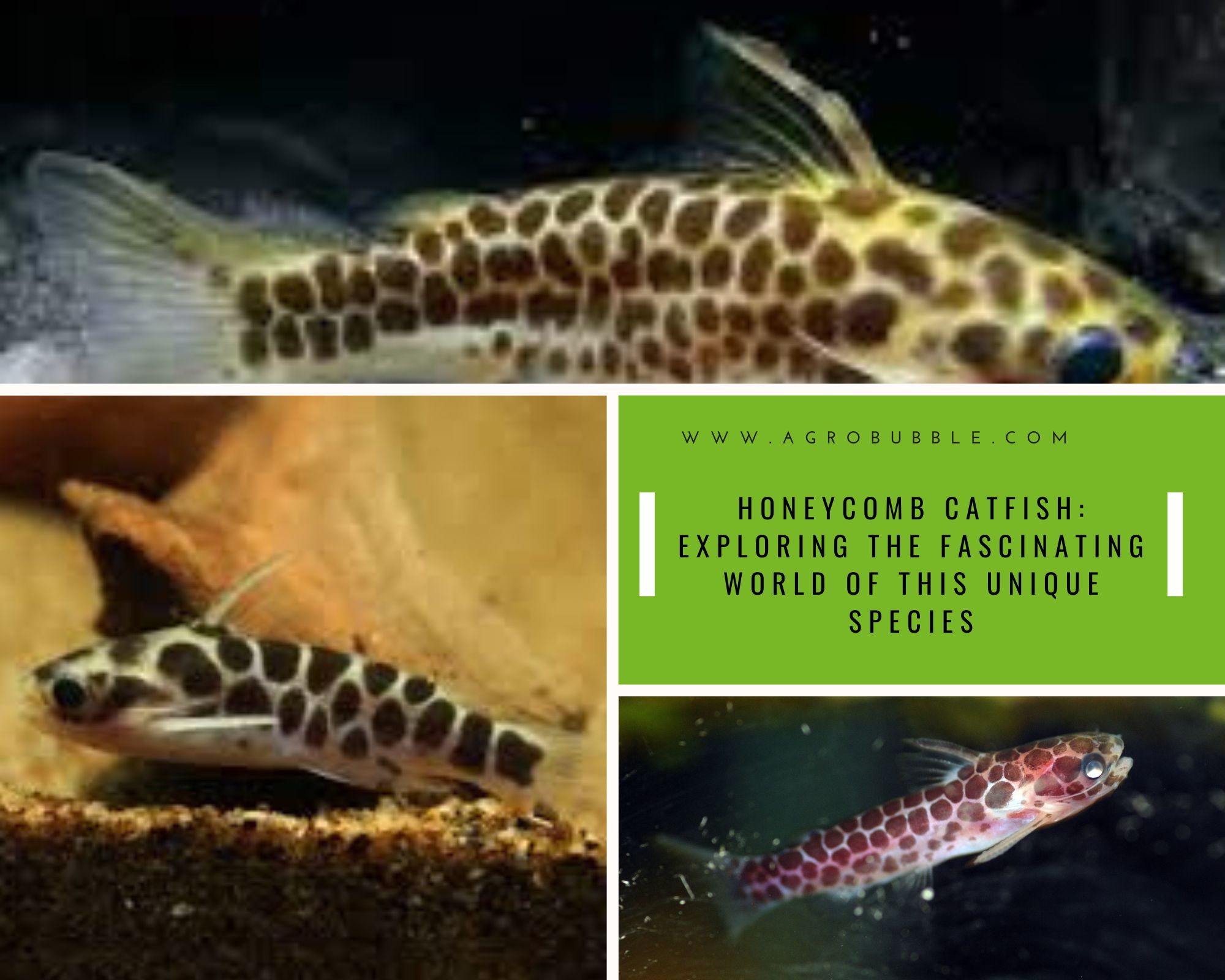Introduction
Welcome to our comprehensive guide on the Honeycomb Catfish – a captivating aquatic creature that has gained attention for its unique characteristics and intriguing behavior. In this article, we delve deep into the world of Honeycomb Catfish, exploring its habitat, appearance, behavior, care requirements, and frequently asked questions. Whether you are an aquarium enthusiast or simply curious about the wonders of the underwater world, this article is your go-to source for all things related to Honeycomb Catfish.

The Enigmatic Appearance
The Honeycomb Catfish, scientifically known as Centromochlus perugiae, derives its common name from the distinctive honeycomb-like pattern on its body. These intricate hexagonal markings are not only visually appealing but also serve as a camouflage mechanism to help the catfish blend seamlessly with its environment. With a streamlined body and a size ranging from 2 to 3 inches, this species is well-suited for life in freshwater ecosystems.
Natural Habitat
Indigenous to the Amazon River basin, Honeycomb Catfish are often found in slow-moving waters, such as river tributaries, floodplains, and swampy regions. Their preference for calm waters with ample hiding spots, such as submerged vegetation and crevices among rocks, has contributed to their survival in the wild. This species is known for its adaptability and can tolerate a variety of water conditions, making them an attractive choice for aquarium enthusiasts.
Behavior and Social Structure
One of the most intriguing aspects of Honeycomb Catfish behavior is their nocturnal nature. These catfish are most active during the nighttime hours, displaying behaviors such as scavenging for food and exploring their surroundings. They are relatively peaceful and tend to exhibit shoaling behavior, which means they thrive in the company of their own kind. Keeping them in small groups is recommended, as it not only mimics their natural behavior but also enhances their well-being.
Diet and Feeding Habits
Honeycomb Catfish are omnivorous creatures, with a diet that includes a combination of plant matter, small insects, and aquatic invertebrates. In aquarium settings, providing a balanced diet is essential to ensure their optimal health. High-quality commercial pellets, supplemented with live or frozen foods like bloodworms, brine shrimp, and daphnia, mimic their natural diet and contribute to their vibrant coloration and overall vitality.
Setting up the Ideal Habitat
Creating a suitable environment is crucial for the well-being of your Honeycomb Catfish. When setting up an aquarium, opt for a spacious tank with ample hiding places and dim lighting to replicate their natural habitat. Substrate choice can include fine gravel or sand, resembling riverbeds. Maintaining water quality, including proper filtration and regular water changes, is paramount for their thriving.
Care and Maintenance
To ensure your Honeycomb Catfish thrive, it’s essential to monitor water parameters consistently. Temperature should be maintained between 73°F and 80°F (23°C – 27°C), with a pH level ranging from 6.0 to 7.5. Perform routine water tests and keep an eye on any signs of stress or illness. Engage in gentle, partial water changes to maintain optimal water quality and prevent the buildup of harmful substances.
Breeding Challenges and Rewards
Breeding Honeycomb Catfish can be both challenging and rewarding. In a well-maintained aquarium with the appropriate conditions, these catfish may spawn, laying eggs in secluded areas. Rearing the fry requires careful attention to water conditions and providing suitable first foods, such as infusoria or commercial fry foods. Successful breeding can offer enthusiasts a deeper understanding of the species’ behaviors and life cycle.
Frequently Asked Questions (FAQs):
Q1: What size aquarium is suitable for Honeycomb Catfish?
A1: It’s recommended to have a tank with a minimum capacity of 20 gallons for a small group of Honeycomb Catfish. Providing enough swimming space and hiding spots is essential for their well-being.
Q2: Are Honeycomb Catfish suitable for beginners?
A2: Yes, Honeycomb Catfish are relatively hardy and adaptable, making them suitable for beginners with some experience in aquarium keeping.
Q3: What do Honeycomb Catfish eat?
A3: Honeycomb Catfish are omnivores and can be fed a combination of high-quality pellets, live or frozen foods like bloodworms and brine shrimp, as well as plant matter.
Q4: Can Honeycomb Catfish be kept with other fish?
A4: Yes, they are generally peaceful and can coexist with other peaceful species that share similar water parameters.
Q5: How can I encourage breeding among Honeycomb Catfish?
A5: Providing ample hiding spots, maintaining stable water conditions, and providing a varied diet can help stimulate breeding behavior.
Conclusion
In conclusion, the Honeycomb Catfish stands as a captivating and unique addition to the world of aquatic life. By understanding their habitat, behavior, and care requirements, you can create an ideal environment for these captivating creatures to thrive and showcase their natural beauty.
If you are ready to embark on the journey of raising Honeycomb Catfish or simply want to learn more about the fascinating world of aquatic creatures, we encourage you to explore further. Your exploration into the underwater realm promises to be an enriching and rewarding experience.






